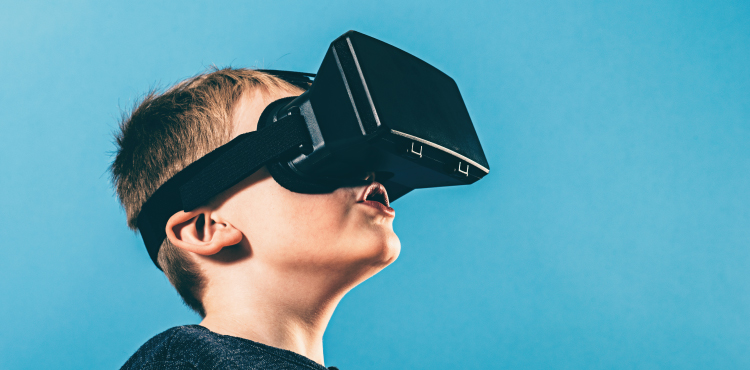What are the biggest design trends of 2021?
/ 28/1/2021 What are the biggest design trends of 2021?
you are in: News / What are the biggest design trends of 2021?
The AME product design team reviews the top 10 design trends of 2021
Predicting anything for the year ahead after the one we just had, feels a little ineffective. But design is resourceful and resilient. So, if there’s anything we can rely on, it’s that the design community will approach the new normal or new different as it’s also called with innovation and a drive to inspire.
Our team keeps an eye on the latest design trends and ideas to ensure consumers benefit from the latest product design solutions. That’s why we’ve collected the top ten design trends of 2021 with some key insight from the AME design team.
Trend 1: Health & Wellbeing
Health and wellbeing runs through the design trends, which is why we decided to place it at number one. It’s unlikely to come as a surprise, but 2020 has shone a spotlight on hospitals and people’s general wellbeing. As a consequence the demand for medical devices, healthcare and wellness products are at an all-time high.
Telehealth & Telemedicine
Products designed to enable and support with remote patient monitoring are on the rise in 2021. This doesn’t just include online options, but also products that can empower patients to confidently take control of their medical requirements. For instance, automated pill dispensers and medication reminders can assist health care professionals and enable patients to manage their health at home.
Design that accommodates automation, ease of use and clear signage is relevant for this.
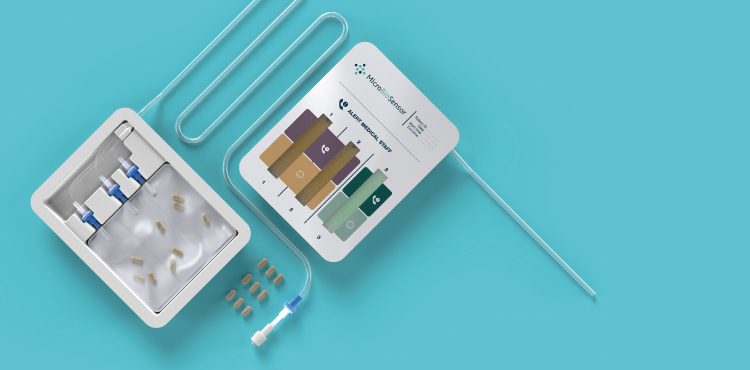
Head of Design, Tim Stern remarks:
“The Telehealth & Telemedicine markets provide some exciting opportunities for product design and innovation. There is a growing requirement for platforms that enable remote appointments with Doctors, especially in the current climate, and products that provide remote monitoring and diagnosis are becoming more important.
Such products support independent living for an aging population and allow early diagnosis of a potential health issue. The result significantly reduces the impact and pressure on an already stretched healthcare system. And reacting to potential health issues at an early opportunity in turn prevents them from escalating and the patient requiring hospital admission.”
Robotics
While robotics in surgery is nothing new, the trend has moved on from the Gamma Knife to nanotechnology, also referred to as microbots. These programmable microbots are set to enter capillaries in the human body to attack dangerous bacteria or to repair damaged tissue. Size is the design challenge for these microbots, as they range from 1 millimetre to the size of a single cell.
Wearable Tech
Millenials have received a new nickname and it’s still not a flattering one. Now dubbed as “Generation Burnout” due to 73% of them working more than 40 hours a week with an “always-on” mentality. This has led to a rise in depression and anxiety that was brought even more to the forefront due to COVID-19. But a positive trend is on the way.
There’s a big rise in wearable tech. People’s focus and especially that of Millenials has turned to making ongoing changes to lifestyle to improve one’s overall health. While wearable tech used to consist predominantly of step counters, it’s now advanced to devices that can link with mobiles to track personalised health information. This personalisation is ideal to manage both physical and mental health.
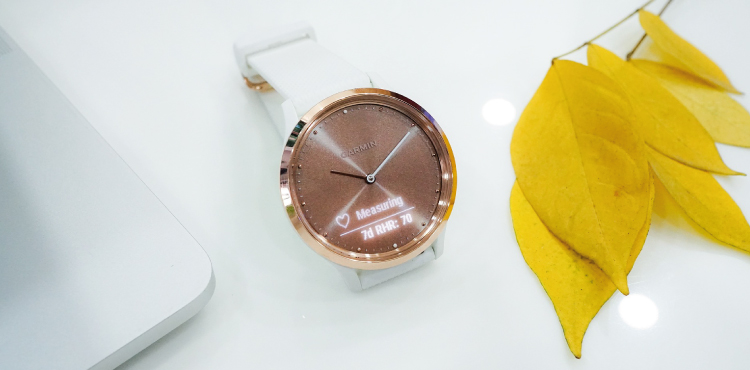
Previously, wearable tech was used a lot in the gym and designed to fit into this environment. However, as long-term data helps people to make the most impactful life changes, wearable tech is now present every day and in every place. Practical and fashionable design for wearable tech is set to grow in 2021.
John Greenwood foresees:
“ Improving the lives of people has always been at the forefront of what we as designers do at AME – developing well thought out, ergonomic, easy to use, sustainable, aesthetically pleasing products.
Physical, mental and social health and wellbeing is more important today than ever before as we come to terms with living in a post Covid reality, where most of society has been locked away now for so long, with little social interaction.Technology has allowed us to still keep in close contact virtually with family and friends and work from home (if possible) using social media platforms but there is nothing like the real thing!
Health and wellbeing will become more than just a fleeting trend (if it was not already) and there will no doubt be further opportunities to improve the health and wellbeing of the nation over the coming years in a various potential market sectors like
-
- Personal Care, Beauty and Anti-Aging - Skincare Dispensers that analyse user habits and dispense personalised skincare products.
- Fitness and Mind-Body - Driven Data Fitness to improve physical health with technology products catered for the individual needs.
- Healthy Eating, Nutrition and Weight Loss - Clean eating, free-from and organic foods.
- Preventative and Personalized Medicine – Data tracking Apps and virtual assistants.
- Workplace Wellness –pods for relaxation and meditation.
- Wellness Tourism - VR to enhance the in-salon experience, escape the beauty salon to an exotic beach anywhere in the world. “
Trend 2: Sustainability
Sustainability remains a key design trend. Originally inspired in part by David Attenborough’s award-winning Blue Planet documentary, it was also marked by the Pantone colour of the year 2019, Living Coral. The need and desire for sustainable design was further empowered by the reflective time people had in 2020 due to lockdowns.
Sustainability runs through every stage of the product design process. It’s an important consideration for product usage, material choices, packaging and product end-life. And will also be represented in colour choices and overall look.
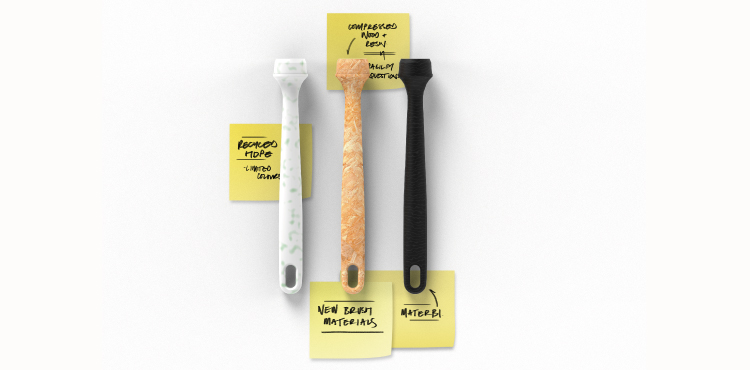
Upcycling
Upcycling remains a key part of the sustainability trend. The difference in 2021 is that multinationals and global brands are looking to transform by-products and waste into new products. One example of this is sustainable tights brand Swedish Stockings teaming up with designer Gustaf Westman to turn worn-out tights into tables.
Ben Wilkinson comments:
“ As 2021 begins everyone’s mobility is restricted and resources are less readily available. I will be interested to examine how technology can be incorporated with a “make do and mend” ethos.
Allowing people to use what they have in their home or local area to produce the products and services they require.”
Trend 3: Nature
Nature-inspired design is expected to be one of 2021’s big design trends. People have missed nature and want to reconnect with it. The appreciation for nature’s colours and shapes has grown throughout 2020 with consumers seeking out designs in 2021 that make them feel calm.
Illustrated patterns that mimic nature are high in demand. For some products the illustrated patterns can highlight the natural ingredients or materials of the product.
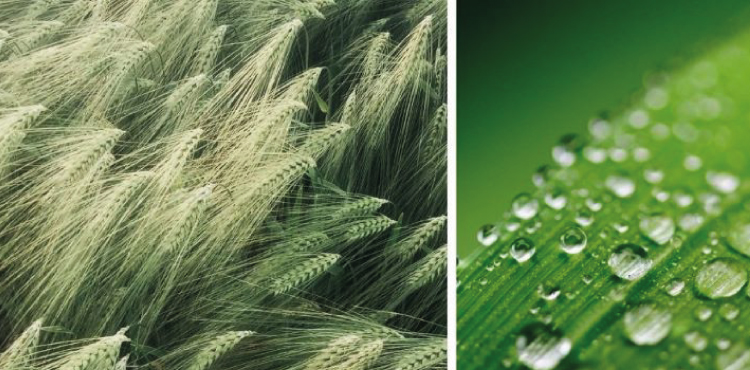
Soft and earthy colours, as well as natural gradients in colour schemes and muted colour palettes should be considered for 2021 designs.
Trend 4: Bold is brave
Slightly contradicting trend number three is our fourth design trend of 2021. But this just highlights consumers’ hunger for variety and change this year.
Bold and full colour design that uses 3D geometrics, blocks or a variety of shapes is really making an impact. Some designs are using one bright and bold colour while others use a mix of two to three complementary ones within their palettes. This is quite a broad and playful trend. It encourages designers to experiment with shapes, colours, angles and dimensions.
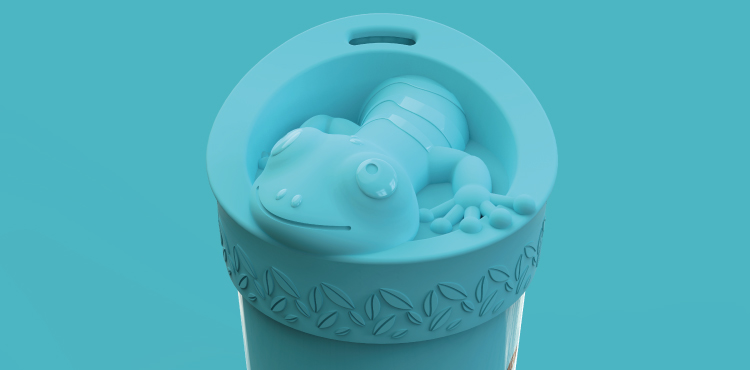
There’s also a bold trend within typography. Large and chaotic typography is being used to stand out and as a protest to past perfectionism. Life isn’t perfect, so why should design always follow past rules? Trend number four is a challenge to the pre-conceptions of design.
Trend 5: Kindness and ethical design
2020 shed light on compassion, kindness and authenticity. As such these values are being represented in 2021 design trends. Global brands are exploring long-term commitments to worthy causes, that in turn are represented in the design of their products and packaging.
For example, the Royal National Institute of Blind People has prototyped a pregnancy test specifically for blind and visually impaired customers. This design choice isn’t driven by market size or profit, but by ensuring every new mother can be the first to know the news rather than having to ask someone to read the test result for them.
Ethical choices are also incorporated in a brand’s overall identity and therefore become a key part of design. For example, UK’s Yallah Coffee chose to transport its ethically sourced coffee beans via a wind-powered sailboat from Columbia in order to have a close to zero carbon footprint. This commitment to a zero carbon footprint via alternative transport choices can now be incorporated into Yallah Coffee’s overall design and look.
2021 product design will therefore be driven by this ethical identity and is expected to influence material choice, look and feel.
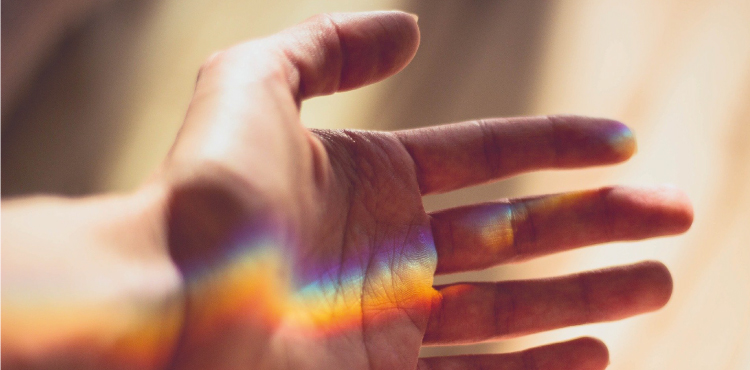
Trend 6: Storytelling design
Storytelling design will continue to play a big part in successful products. Consumers want to know a brand’s and product’s why, not just their what. Successful storytelling embraces a variety of marketing channels and champions the consumers’ needs. It’s no longer about the brand or about the designer. It’s all about the end-user, the consumer, and how the product can positively impact their lives. For that, story-telling is an ideal design choice.
Talking about storytelling design is easy, but implementing it is a challenge. In our experience, a good way to approach it is with feedback and information from real people. The people-centred design approach ties well into storytelling design, as you can clearly identify what it is about a product and brand that speaks to the individual.
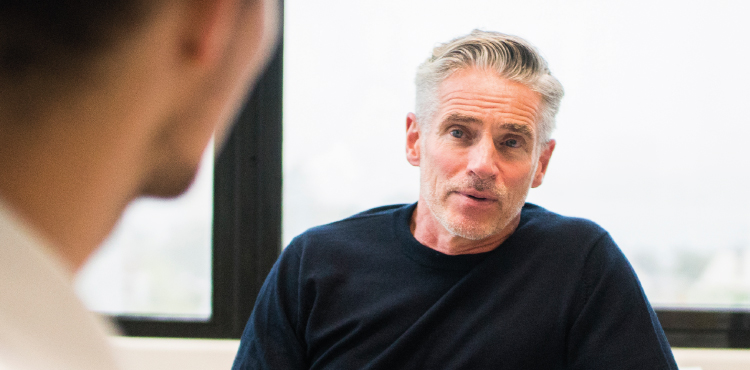
Verity Warner says:
“2020 showed us that we can live without things we previously thought to be essential. A back-to-basics attitude flourished, when consumerism was no longer available. Previously underappreciated experiences were given value when the norm was no longer available.
For example, old fashioned road running flourished in a void left by the closures of gyms, health centres and pools. Eating in became an experience to rival traditionally favoured dining out – because it had to and walking became something to bring joy rather than frustration. Bad experiences were turned into good ones, and underrated experiences were given the opportunity to flourish, flex and show their worth.
Our expectations changed. We began to appreciate what we could experience through achievement rather than through purchases and convenience.
This forced change of perspective brings with it new opportunities for smaller brands to emerge where large brands previously dominated. Consumers understand that value can be discovered and not just prescribed by big brands, market leaders and big price tags.
Storytelling design provides an exciting opportunity for smaller brands and start-ups to have a voice without prejudice. Our eyes and ears are open and the value of a product and its impact on the end user can be heard when it previously wasn’t.“
Trend 7: Nostalgia and vintage looks
It’s hard to say that nostalgia and vintage design is back, as it never really left the design world. However, the look has gone through several transformations throughout the years and 2021 will be no different. Yet this design trend will be combined with some of our previously mentioned ones. For instance, a 1930s inspired packaging label will be used with sustainable material.
As the pandemic continues throughout 2021, consumers are looking for designs that lift their spirits and help them to feel good. Nostalgia has always played a big part in this.While previously, there was a demand for 40s and 50s nostalgia, we can expect to see a lot of designs representing the 70s, 80s and 90s in 2021.

Trend 8: Hand-drawn designs
With the amount of texting, emails and social media consumption, people are missing handwritten messages and hand-drawn designs. In 2021, we can expect to see sketches and concepts, as well as detailed and complex hand drawings to delight consumers. While these two approaches look very different, they both embrace the hand-drawn style which in turn evokes a nostalgic feeling in people.
The fluid process of hand drawing enables an idea to be quickly and freely explored, allowing numerous iteration to be considered without the limitations of the technical constraints resulting is richer concepts for further exploration.
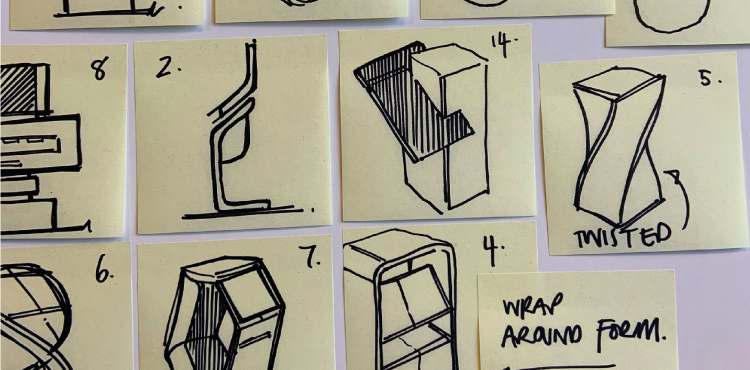
Trend 9: Mobile ready design
Designing in a bubble is a thing of the past. The whole development process needs to be considered and that includes how a design will look online. In particular how something will look on mobile phones. While some may view this as a matter of resizing imagery, it’s much bigger than this. Mobile ready design ties into storytelling design very strongly, as it needs to be a core element of the story.
In addition, both Virtual Reality and Augmented Reality can create a truly immersive experience for the consumer. Previously these two techniques were pitted against each other, but in 2021 they will both be used in partnership to offer a fully mobile ready design. As a knock-on effect, designers will be taking the mobile and online options into consideration when it comes to colour, overall look and features.
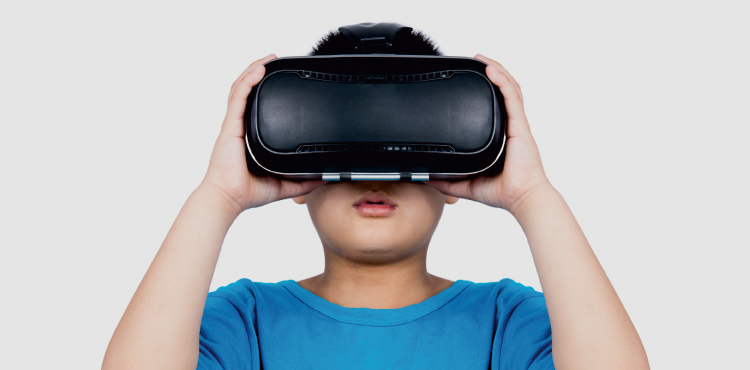
Trend 10: Minimalism and coulourless design
Less is more is the golden rule of design, and in 2021 this will branch out into colour choice too. Many fans of minimalist design are exploring monochrome pallets. Rather than changing the elements of the design, some designers are taking colour out of the equation completely. It draws people’s attention and can put a spotlight on certain benefits of a product.
This colourless approach lends itself well to minimalism, as white space can be strategically used to delight the consumer while also getting the core design across.
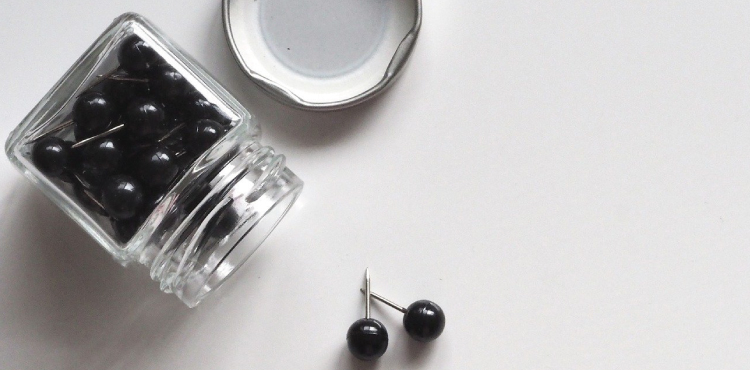
The top 10 design trends of 2021 are very varied, but nevertheless have something important in common. The focus of design for the upcoming year is on positivity and improvement. Whether that’s improving lives through medical devices or wellness products, or by brightening someone’s day with an impactful design.
At AME, we’ve been designing for the past 20 years, but there’s always new trends and inspiration to explore. Times change and people’s needs change with time too. That’s why we focus on a people-centred design to ensure our clients can confidently bring a product to market knowing that it will provide a positive ROI. To find out more about our product design process, take a look at our insight section. Alternatively, contact us today to discuss your current or upcoming product design needs.
